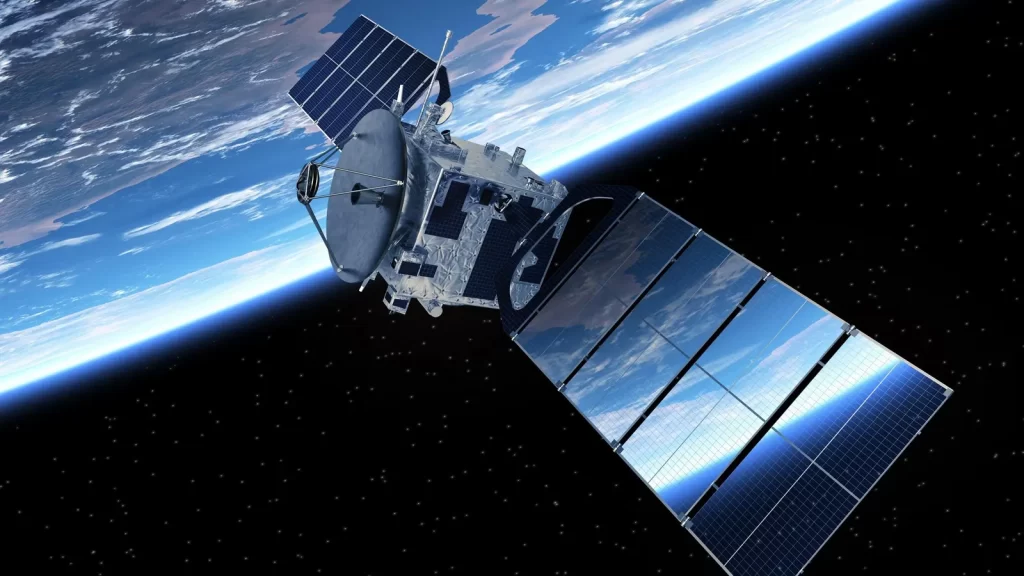Private investment has increased exponentially for space projects such as building reusable rockets and designing sustainable life support systems for long-distance travel. Companies are even growing organs in space to treat diseases here on Earth and creating new drugs in orbit to treat diseases here on Earth.
Space tech allows for remote sensing, providing vital information during natural disasters that saves lives and contributes to economic development. Furthermore, solar factories could be established both on Earth’s orbital plane and on the Moon which would produce clean energy to provide renewable power solutions on our home planet.
Deep Space Exploration
Since time began, humanity has dreamed of exploring space and discovering unknown worlds. Be it to satisfy centuries of human curiosity or foster medical advances, space exploration promotes innovation and advances society.
Technology developed for space exploration can also offer solutions for some of Earth’s most pressing issues, including GPS systems used for agriculture and disaster management and satellite imagery which pinpoints food sources that might be affected by climate change.
As the space industry expands and private companies enter, technological advances that enable us to explore new frontiers are more essential than ever. A recent study indicated electromagnetic propulsion systems, which use microwaves instead of traditional engines and propellants, may enable spacecraft to travel faster and further than ever before, particularly exciting for missions to Mars and beyond. Nanotechnology and energy storage technologies are also making small satellites (CubeSats) more power-efficient than ever before.
Interstellar Travel
Humanity’s fascination with star travel is undeniable; science fiction novels and movies have inspired millions to dream of travelling between stars. Yet interstellar travel requires much more than mere fantasy; it requires groundbreaking innovations like traversable wormholes and warp drive propulsion to take place successfully.
These technologies may still be in their early stages of development, but they hold enormous promise for space travel. If successful, they could reduce travel times to nearby stars by decades or more.
An important area of research entails making spacecraft parts lighter. Long stays in space have an adverse impact on astronauts, leading to muscle atrophy and bone density loss. Scientists aim to design spacecraft that travel lighter so that human crews can endure longer missions by testing more efficient engines and fuel tanks as well as materials to make parts more resistant against cosmic radiation.
Robotics
Robotics offers significant opportunities in space technology. However, its applications span multiple industries as well. Robotics technologies are disrupting traditional economic, political and social systems — and reshaping our global economy through many means — such as stimulating growth and structural transformation; decreasing poverty and inequality; reinventing labor skills production processes; expanding financial services investment capabilities and improving health care and education services.
Robotics have the ability to provide maintenance and repairs on spacecraft and stations without risky spacewalks, helping scientists collect information on celestial bodies or conduct tasks that would be too dangerous or impossible for humans.
Despite these opportunities, investors have been slow to embrace the space industry. Independent analyst Case Taylor contends that one reason may be difficulty understanding what these companies do; thus he is working to change this by producing an investor-specific analysis of the space industry market.
Artificial Intelligence
Artificial intelligence has quickly become one of the focal points in space technology. AI could transform how humans and robots navigate space by aiding navigation, data collection and analysis, mission scheduling/planning/precision landing operations as well as supporting future missions with human/robot teams.
The disruptions created by 4IR may also boost space economy growth by expanding space-to-Earth activities, such as optimized broadband infrastructure, Earth observation capabilities and national security satellites. Furthermore, reduced launch costs may allow businesses to relocate operations into space, bypassing costly Earth-bound constraints like biological ecosystems and labor standards.
Due to the increasing complexity of the 4IR, space has also provided greater opportunities for global coordination despite ongoing economic, geopolitical or social conflicts on Earth. More startups are now focused on creating microsatellites which can be deployed as constellations to provide real-time space-based data coverage.






More Stories
Low-Code/No-Code: Your Shortcut to Smarter, Faster Business Tools
Decentralized Physical Infrastructure Networks (DePIN): The Quiet Revolution in Real-World Services
Tech Career Paths for Non-Programming Professionals